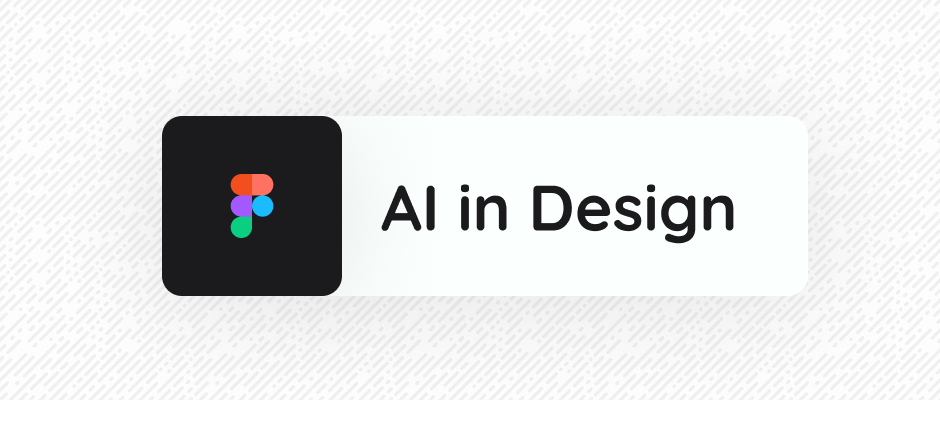Introduction
Ethical implications of AI in design are becoming increasingly significant. The recent decision by Figma to pull its AI tool, following feedback about its similarities to Apple’s design elements, has sparked significant discussion in the design community. This incident not only highlights the potential pitfalls of AI in design but also underscores the need for ethical considerations and responsible usage of such tools. In this article, we explore the implications of this decision and discuss how AI can be effectively integrated into the design process without compromising originality and creativity. This article delves into the ethical concerns, potential benefits, and future prospects of AI in design tools.
Figma’s Decision: A Responsible Move
Figma’s decision to pull the AI tool in response to the feedback was a commendable act of responsibility. This move demonstrates Figma’s commitment to ethical design practices and respect for intellectual property rights. AI tools, while incredibly useful, must be used in ways that complement human creativity rather than replace it.
According to Figma, the AI tool was initially intended to assist designers by automating repetitive tasks and generating design elements based on text prompts. However, the tool ended up generating designs that closely resembled Apple’s proprietary designs, particularly those of the Apple weather app. This raised significant concerns about intellectual property infringement and the ethical implications of AI-generated content that mimics existing designs too closely.
Impact on AI Perception in Design
The situation surrounding Figma’s AI tool has undoubtedly impacted the perception of AI in the design industry. This incident illustrates the potential risks of AI-generated content mimicking existing designs too closely, raising concerns about intellectual property infringement. However, it also reinforces the idea that AI can be a valuable assistant, especially for repetitive tasks, rather than a sole creator.
To illustrate the broader conversation, you can see the post by Andy Allen, which went viral on Platform X, sparking extensive discussions about the ethical use of AI in design.
Figma AI looks rather heavily trained on existing apps.
— Andy Allen (@asallen) July 1, 2024
This is a "weather app" using the new Make Designs feature and the results are basically Apple's Weather app (left). Tried three times, same results. https://t.co/Ij20OpPCer pic.twitter.com/psFTV6daVD
Preventative Measures for Future AI Implementations
To prevent similar issues in the future, companies like Figma need to take several measures:
- Training Models on What Not to Replicate: Deliberately uploading screenshots of major applications to train models on what should not be replicated could help mitigate risks. This approach, though controversial, could ensure that AI tools do not inadvertently copy existing designs. While this might raise privacy concerns, it is crucial for developing ethical AI tools that respect intellectual property.
- Leveraging Existing Design Systems: Training AI models on widely-used design systems such as Fluent, Carbon, or Material Design can enhance the adaptability and originality of AI-generated content. These systems provide a robust foundation for creating diverse and unique designs. Figma can use fig files from the community market, which are open for use by anyone, to train their models.
- Visual Search Mechanisms: Implementing a quick visual search feature to check for similarities with existing designs can help ensure that AI-generated content is original and free from intellectual property issues. Major search engines like Google and Bing offer visual search functionalities, which can be leveraged to validate the originality of AI-generated designs.
The Potential Benefits of AI in Design
Despite the concerns, the potential benefits of AI in design are immense. AI can significantly enhance productivity by automating repetitive tasks, allowing designers to focus more on creativity and innovation. By using AI tools for wireframing and execution, designers can streamline their workflow and improve efficiency without compromising their creative input.
AI tools can be extremely beneficial for tasks such as generating placeholder content, automating repetitive design elements, and creating wireframes. These tools can save designers considerable time and effort, enabling them to focus on the more creative aspects of their work. However, it is essential to ensure that AI-generated content is original and free from intellectual property issues.
Ensuring Originality and Avoiding Legal Issues
The responsibility of ensuring originality and avoiding legal issues lies with both the designers and the companies developing AI tools. Designers should adopt ethical practices and verify their work to ensure it is free from intellectual property infringements. This involves a strong moral code and adherence to best practices in design and AI ethics.
Designers must use AI tools as a supplementary aid rather than a primary source of creative content. It is crucial to review and modify AI-generated content to ensure it meets originality standards. Staying informed about intellectual property laws and best practices in AI ethics can also help designers avoid potential legal pitfalls.
Conclusion
The Figma AI tool decision serves as a valuable lesson in the ethical use of AI in design. While AI tools offer significant advantages, they must be used responsibly to respect intellectual property and enhance human creativity. As the design industry continues to evolve, maintaining a balance between AI and human input will be crucial for fostering innovation and originality.

